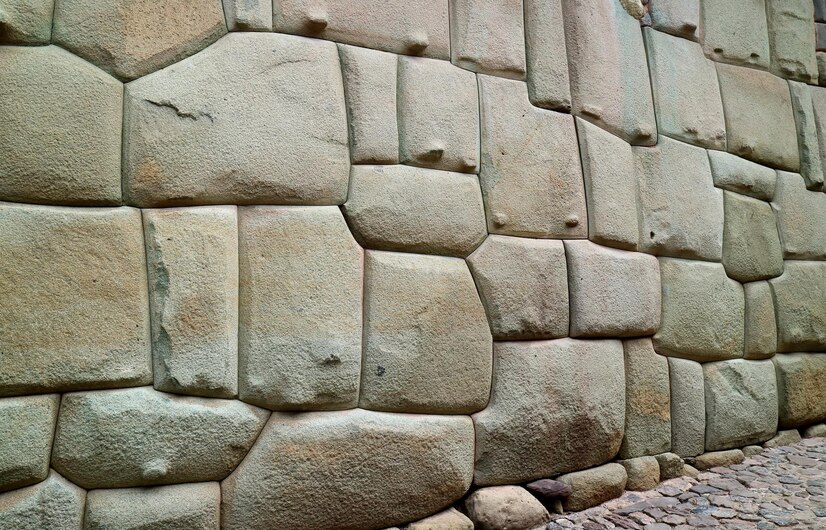Rammed earth is a traditional construction technique that has seen a resurgence in popularity due to its sustainable qualities and aesthetic appeal. The method involves compacting a mixture of earth, sand, gravel, and sometimes stabilizers into formwork to create sturdy walls. While the structural advantages of rammed earth are widely recognized, the artistic potential of rammed earth painting is gaining traction among architects, builders, and artists. This article explores the techniques, benefits, and artistic possibilities of painting on rammed earth surfaces.

Rammed earth has been used for thousands of years, with ancient structures still standing as testament to its durability. The process typically involves:
- Material Preparation: A mix of soil, aggregate, and sometimes additives like lime or cement is prepared.
- Formwork: Wooden or metal forms are set up to define the shape of the walls.
- Compaction: The soil mixture is layered and compacted using a rammer to create a solid mass.
- Curing: Once the desired height is reached, the walls are left to cure, gaining strength and stability.
The natural earth tones of rammed earth provide a unique aesthetic that can complement various architectural styles. However, many builders and designers are now exploring ways to enhance the visual appeal of rammed earth through painting and finishing techniques.
Techniques for Painting Rammed Earth
Painting on rammed earth requires specific considerations to ensure durability and aesthetic quality. Here are some techniques used in the process:
- Surface Preparation: The surface must be cleaned to remove dust and debris. If the surface is too porous, a primer may be applied to create a barrier that prevents excessive absorption of paint.
- Choosing the Right Paint: Natural, breathable paints are preferred for rammed earth surfaces. Lime-based paints, clay paints, and mineral paints are excellent choices, as they allow moisture to escape while providing a durable finish.
- Application Methods: Various application methods can be employed, including brushes, rollers, or spray techniques. The choice often depends on the desired texture and finish. For instance, a sponge or brush can create a textured look, while a roller may provide a smoother finish.
- Layering Techniques: Artists can experiment with layering different colors and textures to create depth. Techniques such as glazing or washing can produce unique visual effects, mimicking the natural hues found in the earth.
- Sealing: Once the paint has dried, a breathable sealant can be applied to enhance durability, protect the finish from weathering, and prevent dirt accumulation.
Benefits of Rammed Earth Painting
The artistic application of paint on rammed earth surfaces offers several benefits:
- Aesthetic Versatility: Rammed earth painting allows for a range of artistic expressions, from subtle earth tones to vibrant colors, enabling architects and designers to create unique, visually appealing spaces.
- Sustainability: By using natural paints and sustainable construction methods, rammed earth painting aligns with eco-friendly building practices, contributing to lower environmental impact.
- Thermal Mass and Insulation: Rammed earth’s inherent thermal mass is complemented by painted surfaces that can reflect light and influence indoor temperature, enhancing energy efficiency.
- Cultural Expression: In many regions, colors and patterns used in rammed earth painting can reflect cultural heritage, connecting architecture with local traditions and identity.
FAQs About Rammed Earth Painting
1. What is rammed earth?
Rammed earth is a construction technique that involves compacting a mixture of earth, sand, and gravel into formwork to create solid walls. It has been used for centuries and is known for its durability and thermal mass properties.
2. Can any paint be used on rammed earth?
Not all paints are suitable for rammed earth. It is best to use natural, breathable paints such as lime-based, clay, or mineral paints. These types allow moisture to escape while providing a durable finish.
3. How do I prepare a rammed earth surface for painting?
The surface should be thoroughly cleaned to remove dust and debris. If the surface is too porous, a primer may be applied to help the paint adhere better.
4. How long does painted rammed earth last?
When properly prepared and painted with appropriate materials, painted rammed earth can last for many years. Regular maintenance, such as cleaning and occasional touch-ups, can help extend its lifespan.
5. Is rammed earth painting environmentally friendly?
Yes, rammed earth painting can be environmentally friendly, especially when using natural materials and sustainable practices. It minimizes the use of synthetic materials and can contribute to energy efficiency.
6. Can I paint existing rammed earth structures?
Yes, existing rammed earth structures can be painted. The surface should be cleaned and prepared appropriately to ensure good adhesion and longevity of the paint.
Conclusion
Rammed earth painting represents a fusion of traditional construction techniques and contemporary artistic practices. As more architects and builders embrace sustainability, the use of paint on rammed earth surfaces will likely continue to evolve, offering exciting new possibilities for eco-friendly design. By combining durability with artistic expression, rammed earth painting not only beautifies spaces but also reinforces a commitment to sustainable living. As we look to the future, this innovative approach may inspire new generations of builders and artists to explore the unique potential of rammed earth in creating both functional and aesthetically pleasing environments.











